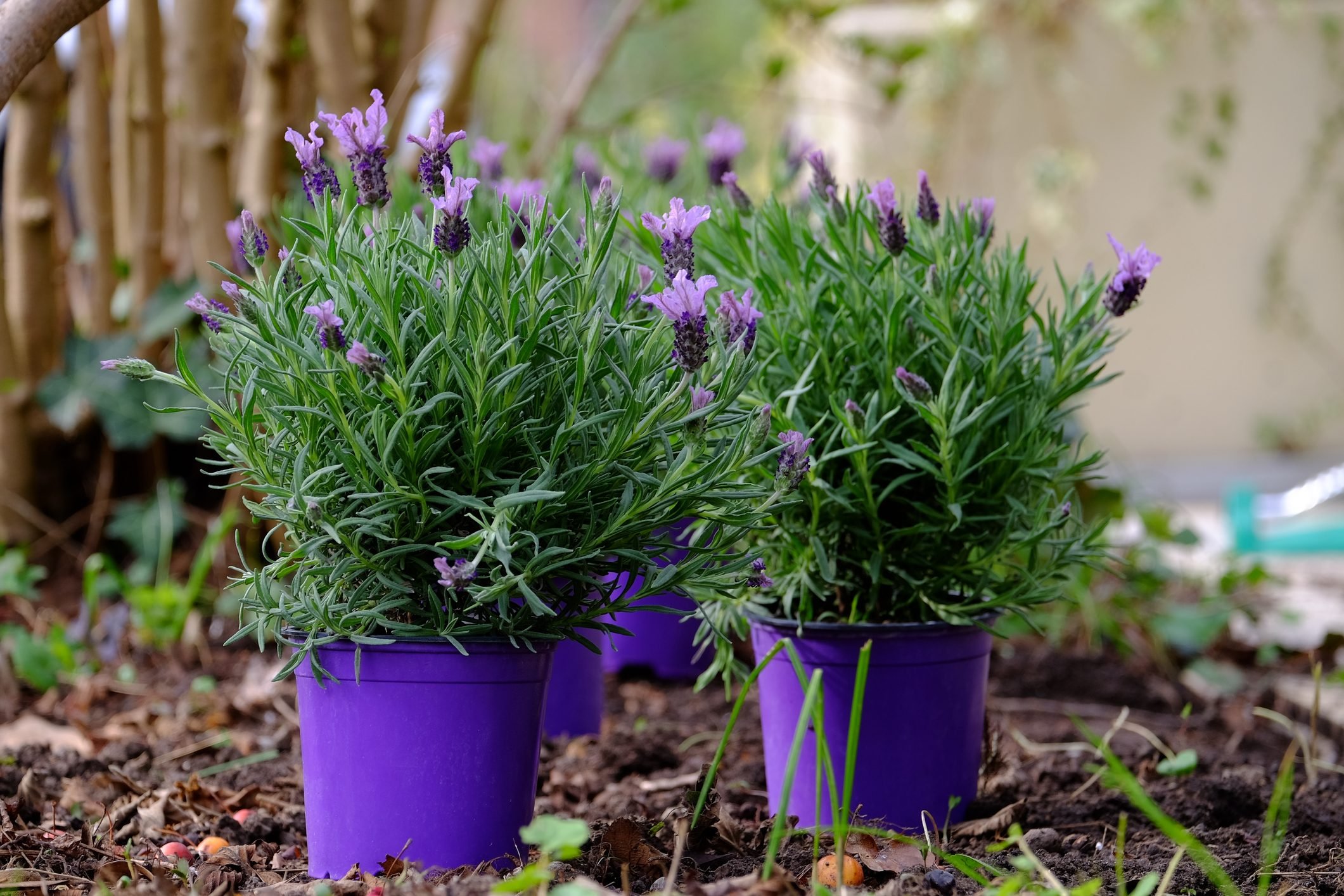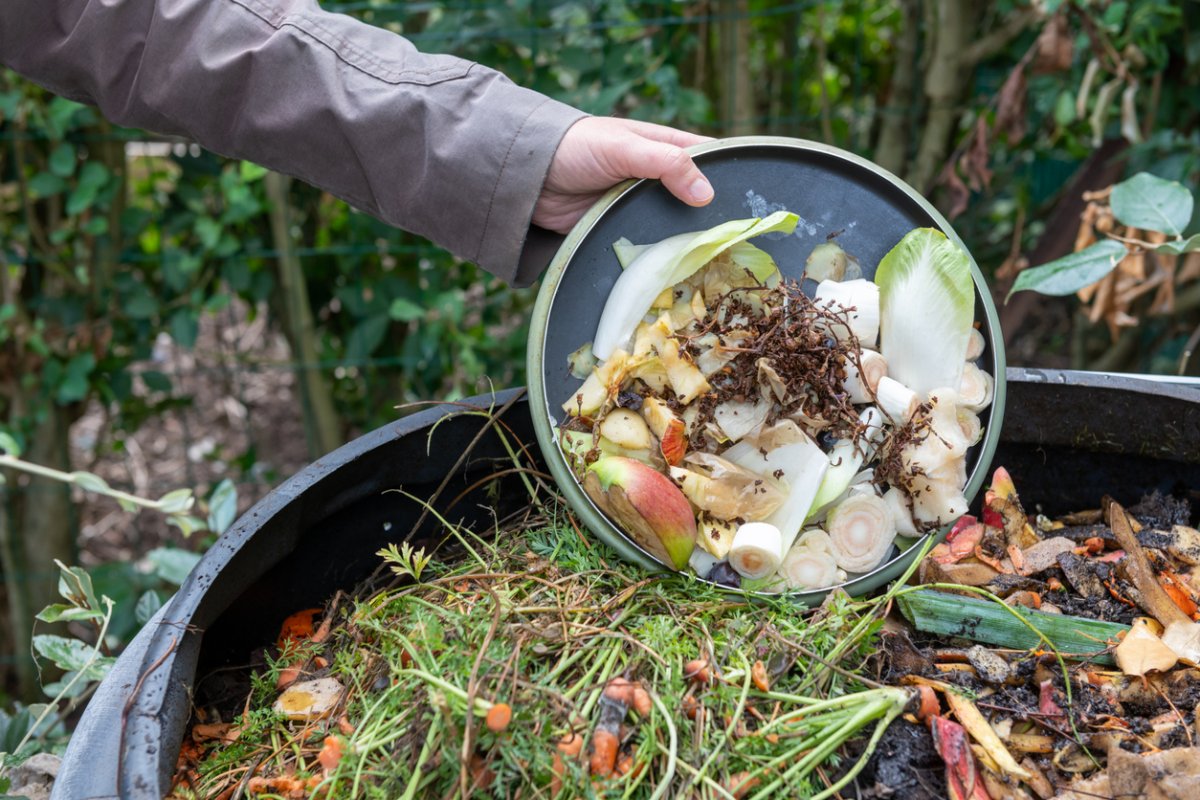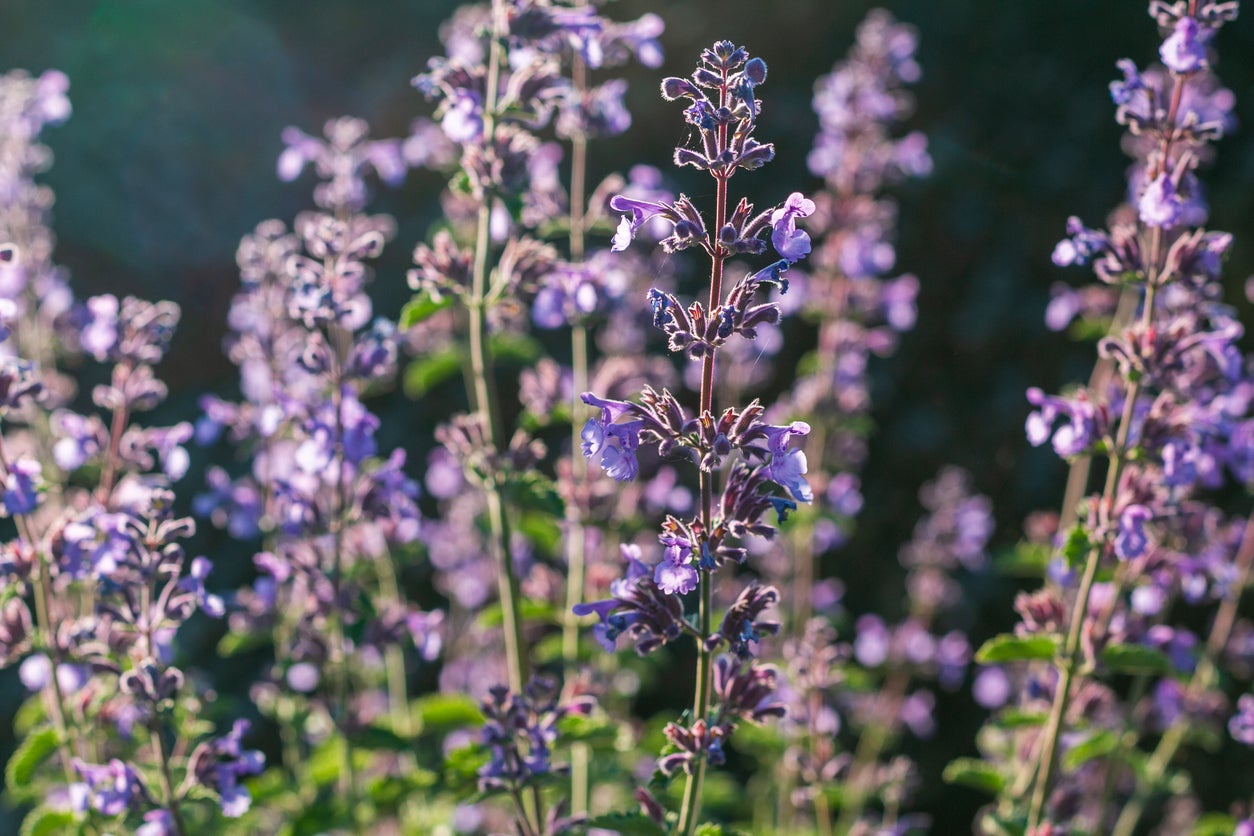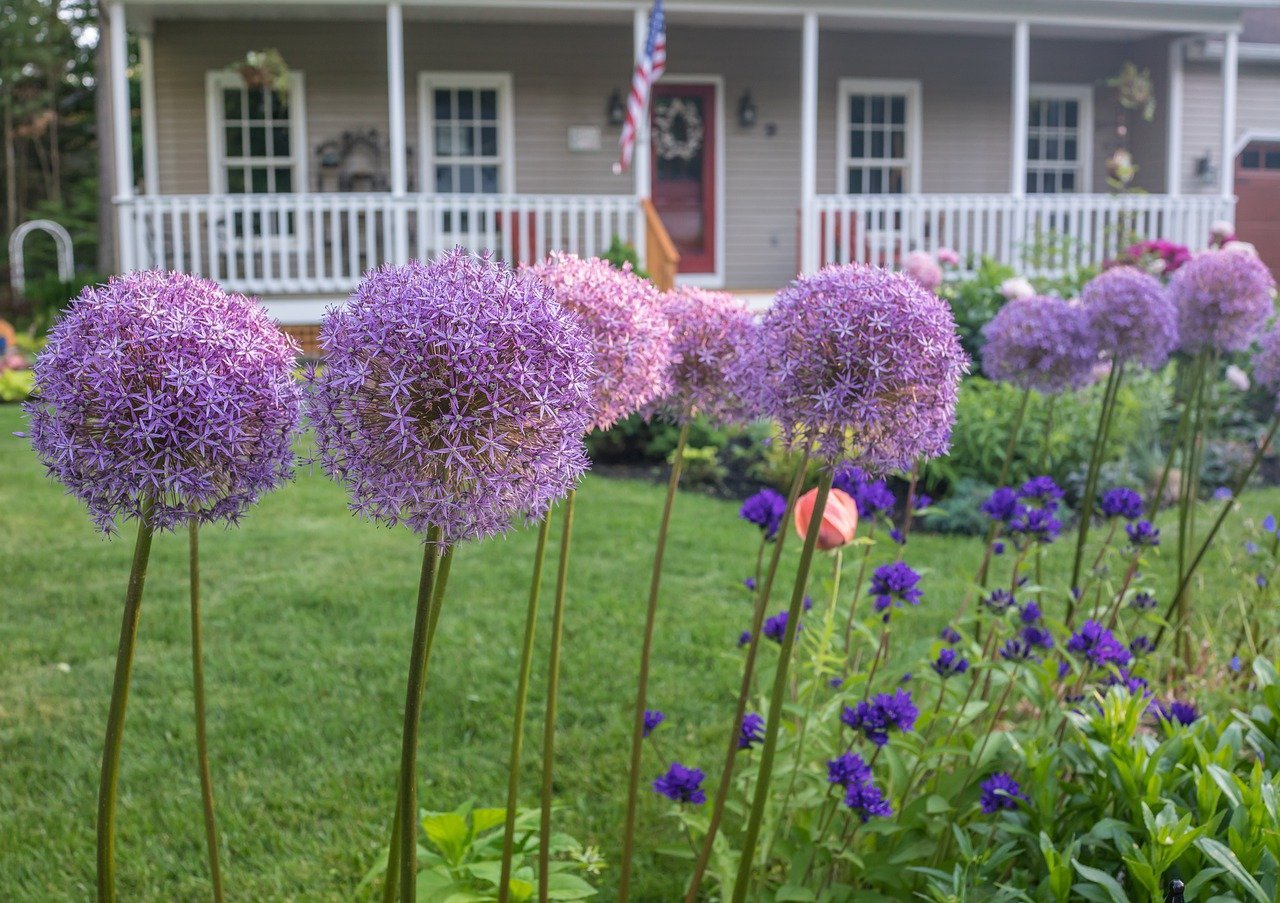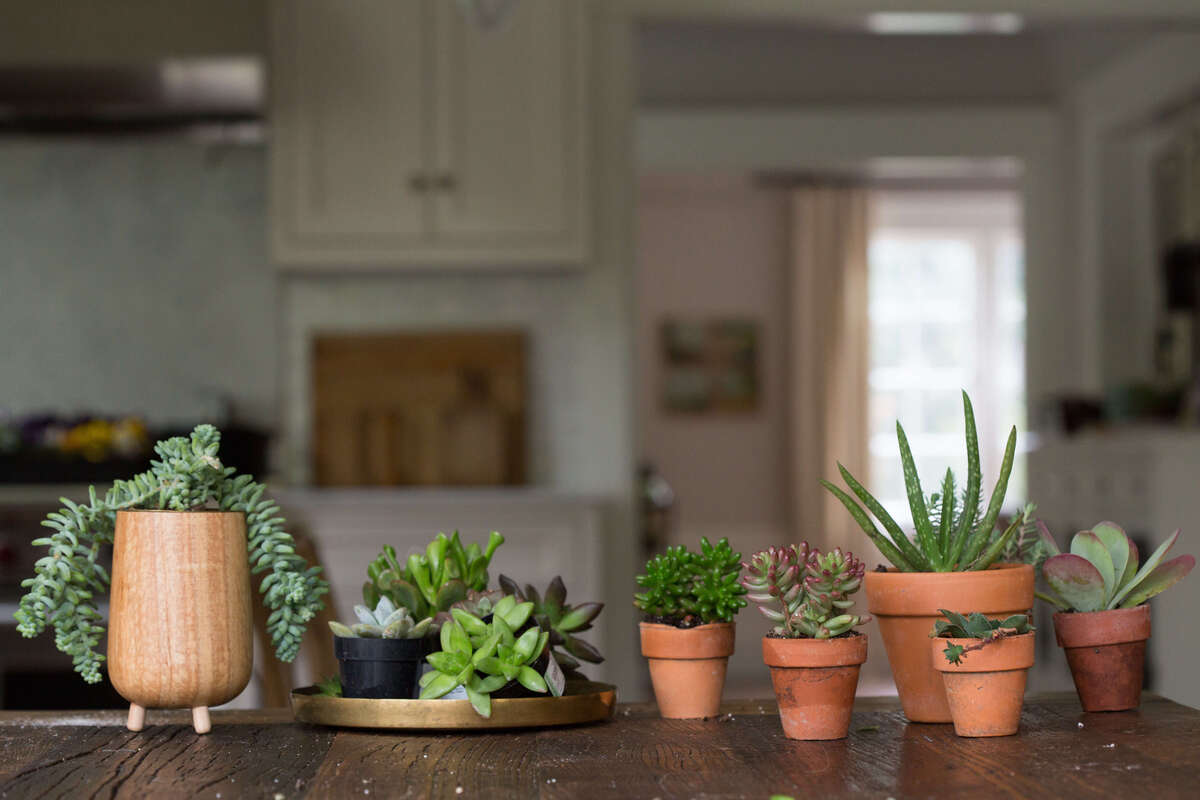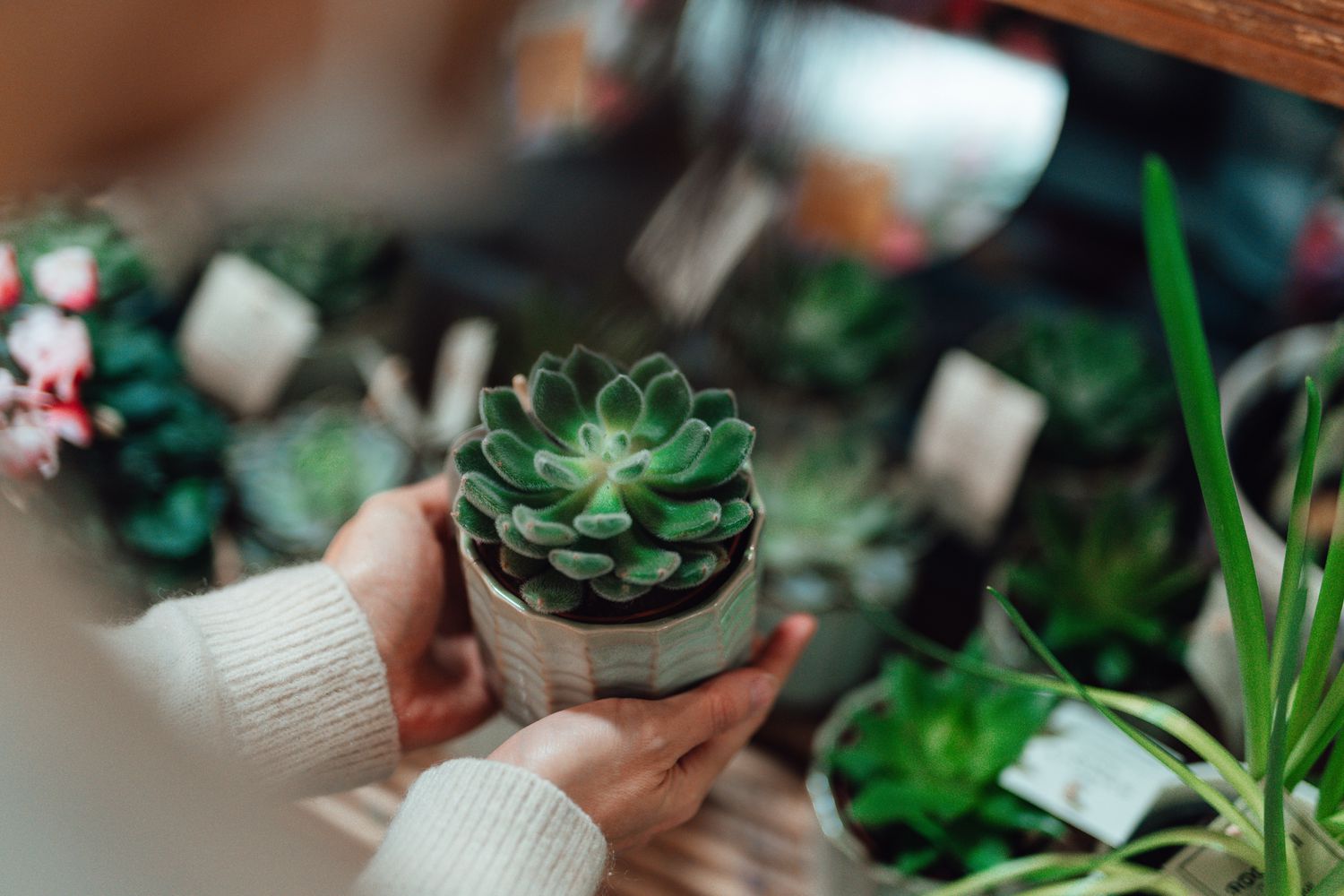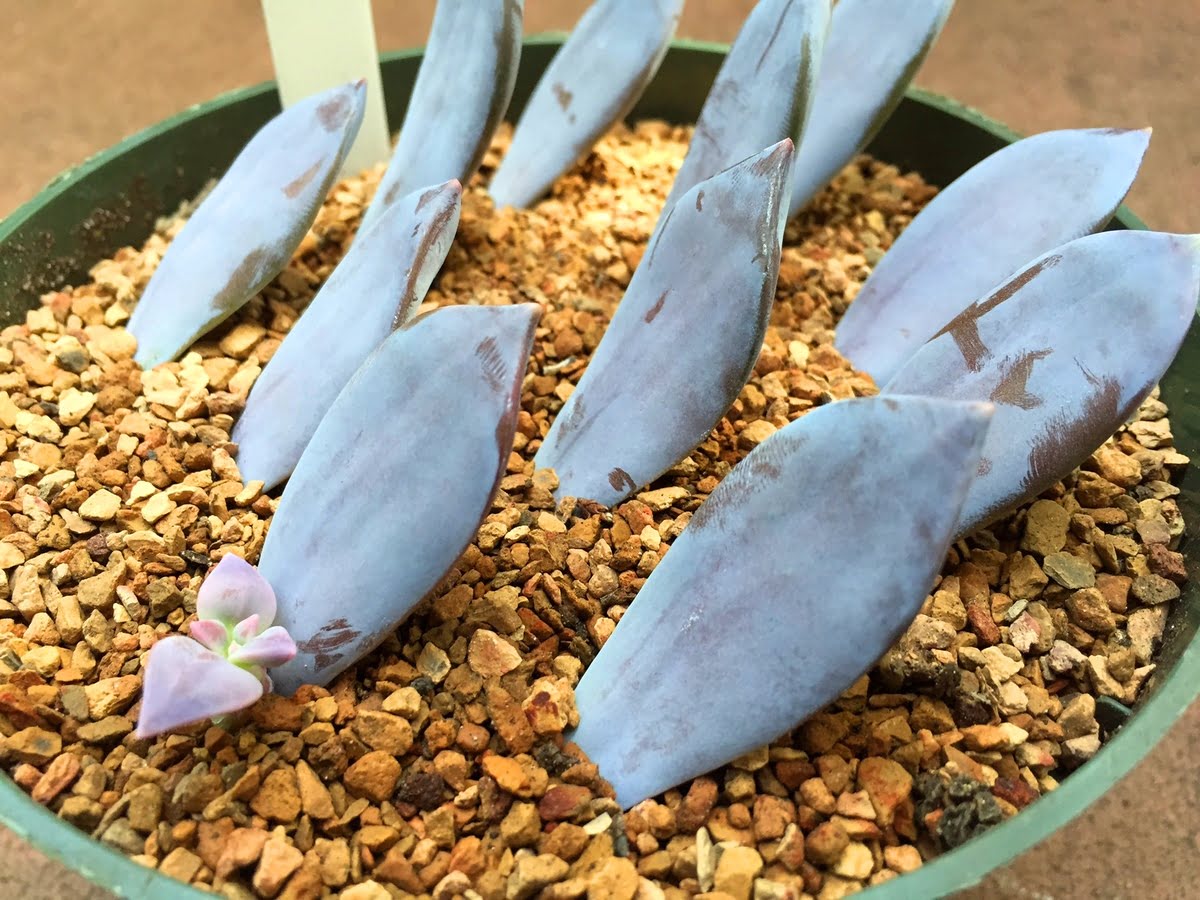Home>Gardening Techniques>Plant Care>How To Keep Cats Away From Succulents
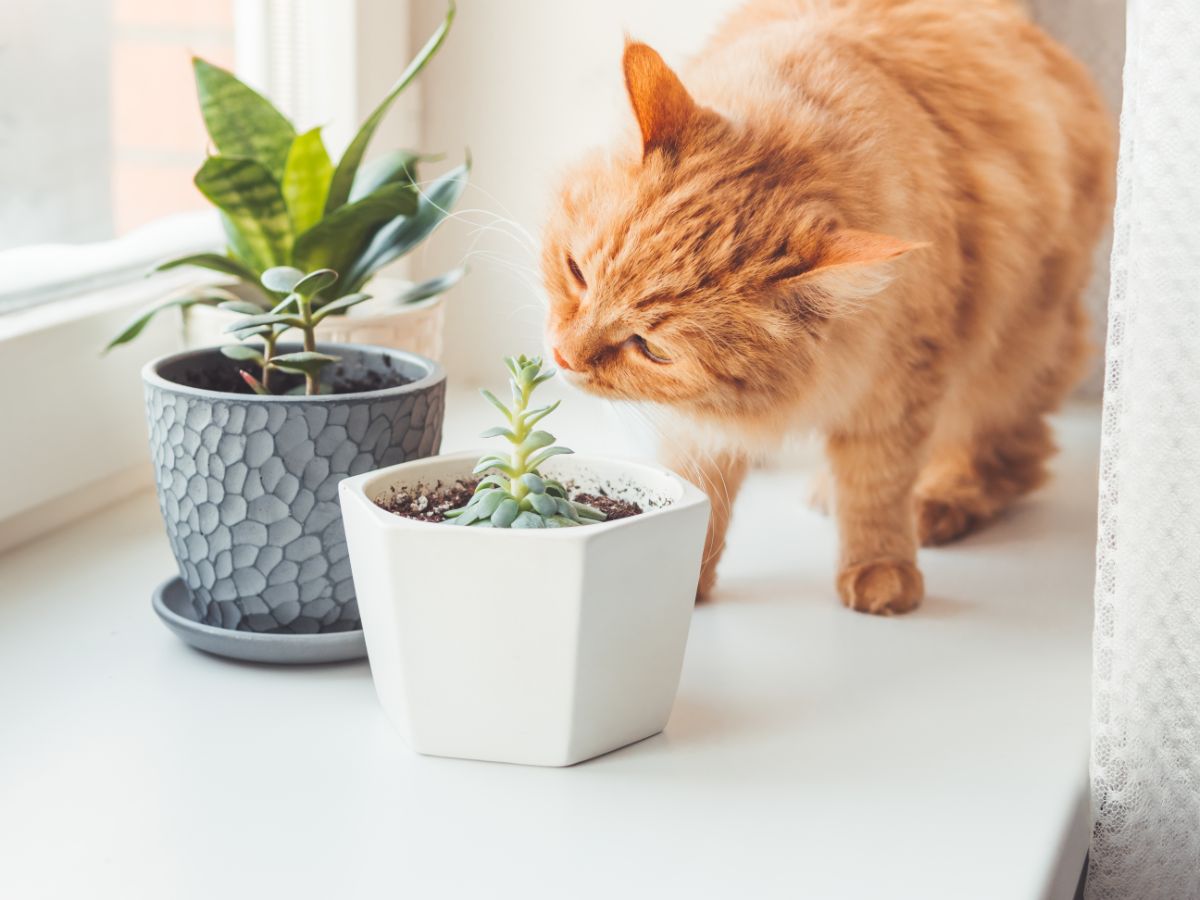

Plant Care
How To Keep Cats Away From Succulents
Published: December 29, 2023
Learn effective plant care tips to keep cats away from your succulents. Discover natural deterrents and strategies to protect your beloved plants.
(Many of the links in this article redirect to a specific reviewed product. Your purchase of these products through affiliate links helps to generate commission for Chicagolandgardening.com, at no extra cost. Learn more)
Table of Contents
Introduction
Succulents are cherished for their captivating beauty and low-maintenance nature, making them a popular choice for indoor and outdoor plant enthusiasts. However, for individuals who share their living space with feline companions, the allure of succulents can pose a unique challenge. Cats are naturally drawn to these plants, often exhibiting a penchant for nibbling on their leaves or using the soil as a litter box. While the behavior of cats towards succulents may be perplexing, there are various strategies to deter them from interacting with these beloved plants.
In this comprehensive guide, we will delve into the reasons behind cats' attraction to succulents and explore natural and commercial methods to keep cats at bay. Additionally, we will discuss the concept of creating a cat-friendly space away from succulents, ensuring a harmonious coexistence between your furry friends and your cherished plant collection. By understanding the motivations driving cats' behavior and implementing effective preventive measures, you can cultivate a thriving succulent garden while providing a safe and comfortable environment for your feline companions. Let's embark on this journey to discover the secrets of maintaining a flourishing succulent haven in the company of our beloved cats.
Understanding Why Cats Are Attracted to Succulents
Before delving into methods to deter cats from succulents, it’s essential to comprehend the underlying reasons for their attraction to these plants. Cats are known for their curious and inquisitive nature, and their interest in succulents can be attributed to several factors.
1. Texture and Sensation: Succulents often have fleshy, tender leaves that provide a unique tactile experience for cats. The texture of the leaves can be appealing to their sensitive paws, prompting them to engage with the plants.
2. Visual Stimulation: The vibrant and distinct appearance of succulents can captivate a cat’s attention. The varied shapes and colors of succulent leaves may pique their curiosity, leading them to investigate and interact with the plants.
3. Instinctual Behavior: Cats are natural hunters and may be drawn to the movement of plants, such as swaying leaves or protruding stems. This instinctual response can drive them to play with or nibble on succulents, mimicking their predatory behaviors in the wild.
4. Scent and Aroma: Certain succulents emit fragrances that are intriguing to cats. The scent may be reminiscent of herbs or grass, which are appealing to their olfactory senses, prompting them to explore and engage with the plants.
By understanding these underlying motivations, we can tailor our approach to deter cats from succulents effectively. Implementing strategies that address these factors will help create an environment where cats are less inclined to interact with the plants, fostering a harmonious coexistence between our feline friends and our cherished succulent collection.
Natural Ways to Keep Cats Away from Succulents
Implementing natural deterrents can be an effective and pet-friendly approach to discourage cats from engaging with succulents. By leveraging scents, textures, and other natural elements, you can create an environment that dissuades feline curiosity without causing harm to the cats or the plants.
1. Citrus Peels and Sprays: Cats are known to have an aversion to citrus scents. Placing citrus peels around the base of succulent pots or using citrus-based sprays can act as a natural deterrent, discouraging cats from approaching the plants.
2. Texture-Based Barriers: Placing rough-textured materials, such as pine cones or rough stones, on the soil surface around succulents can deter cats from using the area as a litter box. The unfamiliar texture can dissuade them from digging or lounging near the plants.
3. Utilize Natural Repellent Plants: Introducing cat-repellent plants, such as lavender, rue, or coleus canina, in close proximity to succulents can help deter cats. These plants emit scents that are unpleasant to cats, creating a natural barrier around the succulent garden.
4. Motion-Activated Devices: Motion-activated deterrents, such as water sprayers or noise-emitting devices, can startle cats when they approach the succulents, discouraging further interaction. These devices provide a non-harmful yet effective way to discourage cats from getting too close to the plants.
5. Vinegar Spray: A diluted vinegar spray applied to the soil or surrounding areas can act as a natural deterrent due to its strong scent, deterring cats from approaching the succulents. However, it’s important to use this method sparingly and avoid direct application to the plants.
By incorporating these natural strategies, you can create an environment that is less inviting to cats, reducing the likelihood of them interacting with your cherished succulents. These methods offer a humane and eco-friendly approach to maintaining a thriving succulent garden while ensuring the well-being of your feline companions.
Using Commercial Repellents to Keep Cats Away from Succulents
Commercial repellents can serve as an effective solution to deter cats from succulents, providing a convenient and targeted approach to discourage feline interaction with the plants. These products are specifically formulated to repel cats while safeguarding the well-being of the succulents. When selecting commercial repellents, it’s essential to opt for pet-safe options to ensure the health and safety of both your cats and your plants.
1. Scent-Based Repellents: Various commercial repellents utilize natural scents, such as citrus, lavender, or eucalyptus, to deter cats from approaching succulents. These products are designed to emit fragrances that are unpleasant to cats, creating a protective barrier around the plants.
2. Bitter-Tasting Sprays: Bitter-tasting sprays are formulated to apply directly to the leaves or surrounding areas of succulents. These sprays have a bitter flavor that cats find unappealing, discouraging them from nibbling on the plants while avoiding any harm to the succulents.
3. Ultrasonic Repellent Devices: Ultrasonic devices emit high-frequency sounds that are imperceptible to humans but disruptive to cats, deterring them from approaching the protected area. These devices offer a non-invasive and pet-friendly method to keep cats away from succulents.
4. Motion-Activated Sprinklers: Motion-activated sprinkler systems are designed to detect the presence of cats and emit a brief burst of water, startling the cats and deterring them from venturing near the succulents. These devices provide an effective and humane deterrent to protect the plants from feline interference.
5. Barrier Repellent Granules: Barrier repellent granules can be strategically placed around succulents to create a protective perimeter. These granules emit scents that cats find disagreeable, effectively discouraging them from approaching the treated area.
By incorporating commercial repellents, you can establish a protective shield around your succulents, mitigating the risk of feline interference while maintaining a safe and thriving environment for both your plants and your beloved cats.
Creating a Cat-Friendly Space Away from Succulents
Recognizing the natural curiosity and playful instincts of cats, it’s beneficial to designate a cat-friendly area within your living space, offering an enticing and safe environment that diverts their attention away from succulents. By creating a designated space tailored to your feline companions, you can foster a harmonious coexistence while safeguarding your cherished succulent collection.
1. Interactive Play Zones: Designate an area with engaging toys, scratching posts, and climbing structures to provide cats with an enriching and stimulating environment. Interactive play zones can redirect their energy and curiosity, reducing the likelihood of them seeking entertainment near the succulents.
2. Comfortable Resting Areas: Cats appreciate cozy and comfortable resting spots. Providing plush beds, blankets, or cozy nooks can entice them to relax and unwind in their designated space, minimizing their inclination to explore the succulents out of boredom.
3. Catnip and Cat Grass: Introducing cat-friendly plants, such as catnip and cat grass, in the designated area can captivate cats’ interest and provide them with safe and enjoyable foliage to interact with, steering their attention away from succulents.
4. Elevated Perches: Cats are naturally drawn to elevated vantage points. Installing cat trees or shelves near windows can offer cats a vantage point to observe the surroundings, satisfying their curiosity and reducing their focus on the succulents.
5. Environmental Enrichment: Incorporate interactive feeding puzzles or treat-dispensing toys to stimulate your cats mentally and physically. Engaging their senses and providing mental stimulation can contribute to a contented and fulfilled feline, lessening their interest in succulents.
By curating a captivating and comfortable space tailored to your cats’ needs, you can create an environment that captivates their interest and fulfills their natural behaviors, diminishing their inclination to interact with succulents. This approach fosters a balanced and enriching living space for both your feline companions and your cherished succulent garden.
Conclusion
As plant enthusiasts and devoted pet owners, navigating the coexistence of succulents and cats requires thoughtful consideration and strategic planning. By understanding the factors that attract cats to succulents and implementing proactive measures, we can create a harmonious environment where both our plants and feline companions can thrive.
From leveraging natural deterrents to exploring pet-safe commercial repellents, there are various effective methods to safeguard succulents from feline interference without compromising the well-being of our cats. By embracing these strategies, we can cultivate a flourishing succulent garden while fostering a safe and enriching space for our beloved pets.
Furthermore, the concept of creating a designated cat-friendly area within our living spaces offers a proactive approach to diverting cats’ attention from succulents, providing them with a stimulating and comfortable environment tailored to their needs.
Ultimately, by combining these approaches and integrating them into our daily routines, we can strike a balance that nurtures the well-being of both our succulents and our feline companions. Through thoughtful consideration, patience, and a touch of creativity, we can create a harmonious and thriving environment where our love for plants and our affection for our pets coexist seamlessly.
